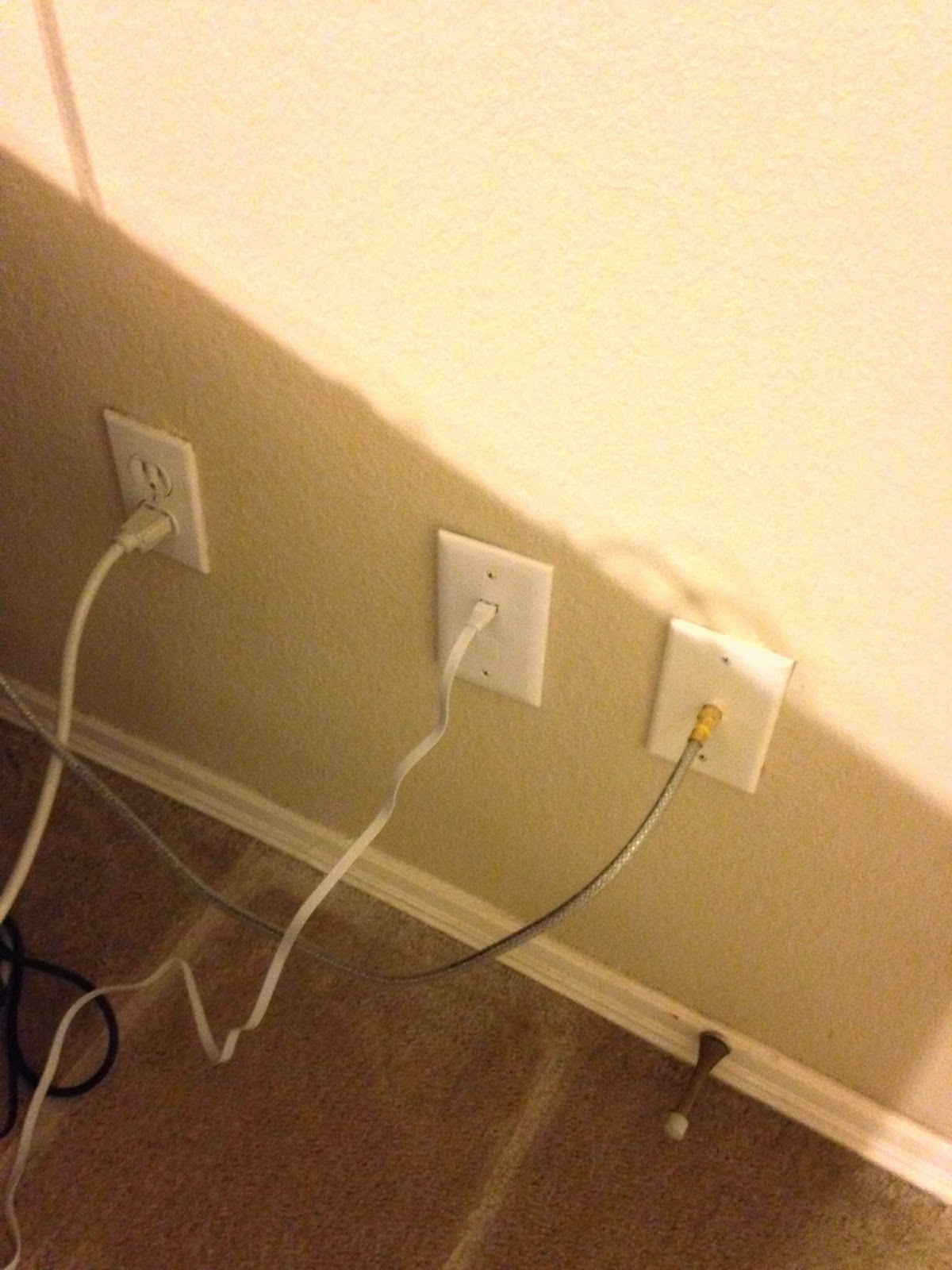When you picture a serious cyclist, the image that comes to mind is most likely not one of a 5' 10" 200lb chubby pale guy. However, I spent a lot of time on my bikes in college and I rode quite a bit when we lived near the Riverside trail.
These days I probably spend more time working on bikes than actually riding them, but as a habitual tinkerer, I'm OK with that.
I got into bikes because they're fun to ride, but also because they were an affordable alternative to cars. If I had the money, I'd have a garage full of old cars to work on. For now I'm satisfied with a garage full of old bikes to work on.
I've built up a number of respectable bikes from parts over the years, including a fixed-gear "fixie" that I built from the frame up out of hand picked new parts, but I decided it was time I had a modern road bike. I debated building a road bike from new parts like I did with the fixie, and I debated carbon fiber, aluminum, titanium and steel. I shopped around and found a great deal on a new complete bike. I couldn't have built one for less money, so I ordered it.
Schwinn is not the company it used to be, 99% of the bikes are heavy, poorly assembled imported piles of gas pipe. For what its worth, the vast majority of all branded bikes, even high end Treks, Specialized, Cannondales, Giants, etc. come from one of 3 factories in Taiwan. However, there are still some quality Schwinns being made like the Paramount (handmade in the historic Waterford factory if memory serves). I liked this bike because it has the old school look, but has a nice selection of modern components including Shimano 105 running gear. It also has a steel frame and fork. Steel is maybe a pound or two heavier than some of the other materials out there, but as a 200 lb rider, I have no business discussing the weight of my bike. In addition to the "sweet ride of steel" and the "steel is real" mantra, steel has a definite advantage over carbon fiber in that it is much less likely to kill you because you failed to notice a stress crack in the carbon layup. Aluminum or titanium would be nice, but they often come with carbon forks, and I don't feel right about throwing away an expensive carbon fork and replacing it with a steel one. This is the tag that came on the carbon seatpost:
.jpg)
Since I have no desire to examine the seat post for pinch, crack, splinter before and after each ride, I replaced the carbon post with a trusty aluminum one. If anyone wants a carbon post, I'll sell it to you cheap.
The bike comes partially assembled. A normal person would remove the packaging, bolt everything together and go for a ride. But as you can tell by the picture below, I'm no normal person. I disassembled the bike down to the frame so I could give the inside of the tubes a good coating of FrameSaver rust preventative spray. Really not necessary if you don't park your bike in the ocean, but I figure it couldn't hurt.

Here's the end result. Notice the aluminum seatpost, Brooks tensioned leather saddle and my own clipless (pedals that use snap-in cleats are called clipless because they do not have toe clips and straps that were used to secure riders feet in the old days, not to be confused with flat platform pedals). The tensioned leather saddle is by far the most comfortable saddle ever made. Forget gel and foam padding, tensioned leather is the only way to go. Most people have never experienced these saddles because they are expensive and require more maintenance than plastic saddles, but they are so worth it.













.jpg)


























